Dental implants are the artificial tooth roots used to help in restoring a missing tooth or teeth, support to stop or prevent jaw bone loss and many other benefits. By restoring missing tooth roots, dental implants help in better functioning of their teeth and offer people with the strength and stability needed to eat, without struggling to chew. Also, they help to stimulate and maintain jaw bone, preventing bone loss, and helping to support the facial appearance. Among various types of dental implants, zygomatic dental implants are an evidence-based surgical and prosthetic solution for both two-stage and immediate loading protocols.
The zygomatic dental implants are self-tapping screws in titanium with a distinct machined surface. Zygomatic dental implants have been documented as a substitute for the rehabilitation of the atrophic posterior maxilla with both the classical two-stage and immediate loading protocols. Zygomatic dental implants avoid grafting and sinus lift process and therefore provides a shorter and more comfortable treatment. They are obtainable in eight different lengths, ranging from 30 to 52.5 mm and presented in a unique 45° angulated head to compensate for the angulation between the zygoma and the maxilla. The portion that involves the zygoma has a diameter of 4.0 mm, and the part that engages the residual maxillary alveolar process a diameter of 4.5 mm. The significant indication for zygomatic dental implants is the critically resorbed edentulous maxilla. Still, they can also be used in partially edentulous situations. Signs for zygomatic dental implant insertion include: a substitute for sinus augmentation, failed sinus augmentation, rehabilitation after tumor resection or trauma, failure in conventional dental implants, failure of previous bone grafts, etc.
Clinical Recommendations For Zygomatic Dental Implants
Zygomatic dental implants are put through the alveolar crest and maxillary sinus containing the zygomatic bone for anchorage in the classical protocol. For visualization of the perfect implant position, access to the maxillary sinus is needed. Access preparation to the maxillary sinus is done at a lateral posterior way at the later implant position, and the Schneiderian membrane is raised in an anterior direction. The dental implant is fitted subsequently and is located at the central point of the sinus wall, often sans membrane perforation.
Alternatively, the new sinus placement approach has been described to decrease the incidence of sinus complications and to increase the implant location and position of the emergence profile more crestally. Due to the deep drilling space to the zygomatic bone and to protect critical adjacent anatomical structures, placement of zygomatic implants requires considerable surgical training and experience and meticulous diagnostic planning. To receive a sufficient overview of the anatomical structures, presurgical 3D planning with CT or CBCT scans is a must. And very often, clinical examination is not that sufficient for this evaluation and radiologic assessment has to be considered. Studies say that the configuration and size of the maxillary sinuses, the position of the nasal floor, and the height of the residual ridge are properly visible by radiologic assessment. The body of the zygoma can usually be seen.
Effectiveness Of Zygomatic Dental Implants
The most prevalent complexity associated with zygomatic implants is sinusitis. But, appropriate presurgical diagnostics and evaluation of the sinus as well as using the extra-sinus surgical approach and immediate loading of the implants help in reducing or even eliminating this complication.
Therefore, at our San Francisco office, we provide the zygomatic dental implant as an alternative procedure for bone augmentation, maxillary sinus lift, and bone grafts in patients with posterior atrophic maxillae. The zygomatic dental implant technique should be considered as a significant surgical procedure, and proper training is, of course, required. However, in comparison with bone grafting procedures, the method is less invasive and complicated and has a lower risk of morbidity because the harvesting of bone graft is usually not needed. Studies say that zygomatic dental implants show high survival rates (>90%) and a low incidence of complications. Hence, this should be regarded as a valid and safe treatment option when dealing with patients with advanced maxillary atrophy. And the placement of zygomatic dental implants requires adequate training and surgical experience. In our office, we have a team of skilled and well-trained dental experts who will discuss with you as to whether zygomatic dental implants are right for you or not! This long-term solution will undoubtedly bless you with a much confident smile.
Implants Pro Center©, San Francisco offers a consultation at your convenience. You can learn more about dental implants and Implant Pro Center’s treatment approaches. Find out today how dental implants can change your life. At Implants Pro Center©, San Francisco, we take all primary dental and medical PPO insurances, along with Medicare, thereby decreasing your anxiety about the expense of dental implant treatment or any oral surgeries. A tremendously experienced and caring team will give life-long care, maintenance, and assistance. Implants Pro Center© is also decked with all the modern technologies like CT-Scan, Intravenous Sedation, Platelet Rich Fibrin, etc. to present nothing less than the best of services. You will be entirely at ease for any of your surgeries.
